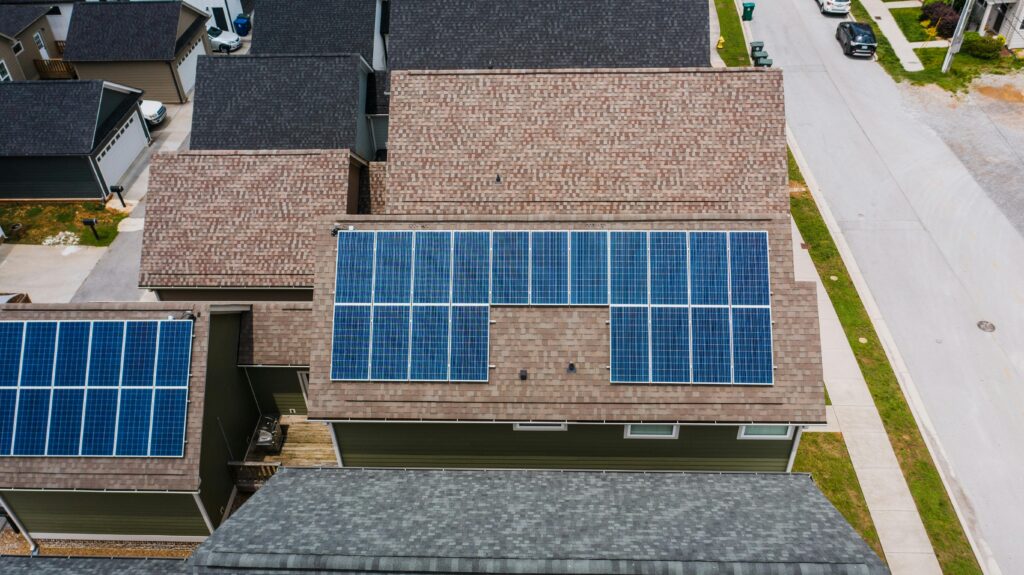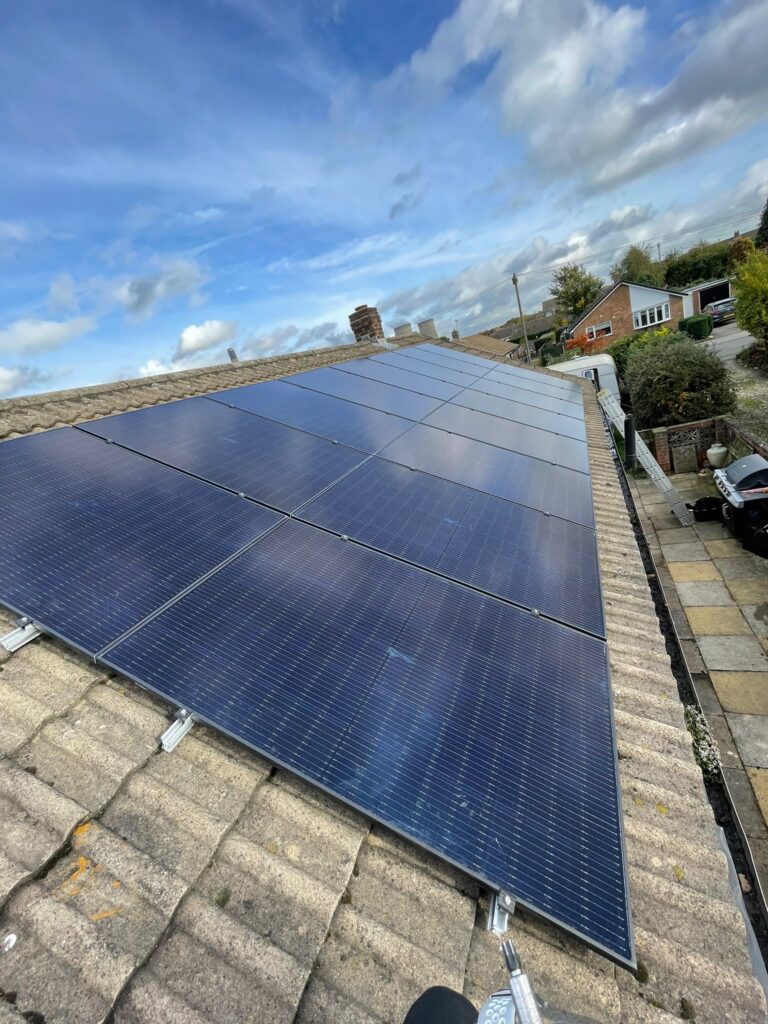How Many Solar Panels Do I Need?
The move towards solar panels UK-wide is a hopeful sign that more and more of us are ready to embrace an eco-friendly lifestyle. But one pressing question looms – ‘How many solar panels do I need?‘. Figuring that out carries significant importance. It helps you make informed decisions on your solar panel cost and aligns your initiative with the desired outcome.
Imagine your home, now a hub of sustainable energy, self-sustaining and brimming with the power harnessed directly from the sun. This is no daydream, but a real, tangible possibility that could lower your bills, reduce your carbon footprint, due to the recent cost increases of electricity which now makes solar a really good investment. Installing solar panels is a big step and starts with understanding what your bespoke needs are in broad daylight.
Going on a solar panel installation adventure is no small undertaking. Before you dive in, you must consider the number of panels you need, your home’s energy requirements, the suitability of your roof, cost considerations, the efficiency of Monocrystalline versus Polycrystalline panels, and the added value of batteries in storing excess energy.
But worry not, you are not on this path alone. Here at Compare Renewables, our aim is to provide the compass that guides you to make an informed choice, one which you can be confident about. Our services extend across England, Scotland, and Wales, connecting you with reputable installers to assure the quality of your installation.
Key Takeaways
- Determining the precise number of solar panels you can fit on your roof is crucial to maximising efficiency and costs.
- Understanding differences between Polycrystalline and Monocrystalline panels and their respective output capacities will inform your choice of panels.
- All-black Monocrystalline solar panels, often exceeding 400W per panel, are the only panels you should use for their sleek aesthetics and high efficiency.
- Including a solar storage battery in your installation will increase the efficiency of your system.
- Through solar panel installation, homeowners can expect a return on investment in as little as 4-8 years.
- Using reliable services like Compare Renewables ensures access to reputable MCS solar panel installers across England, Scotland, and Wales.
How Much Electricity Does My House Use
When determining how many solar panels will be necessary for a home in the UK, one must first understand their household’s electrical energy consumption. This is greatly impacted by the size of the household and the electricity consumption habits of its inhabitants.
An Overview of Average Energy Consumption in UK Homes
Knowing the average consumption rates can provide a useful baseline. A 1-2 bedroom house typically uses about 2600kWh per year. In comparison, a 2-3 bedroom home has higher consumption rates at around 3300kWh annually Larger houses with 4-5 bedrooms consume approximately 4,500kWh
These averages are all based on basic usage, if you have any high electricity consuming devices or features then this could be vastly different. Things such as Electric Car Charging, Hot Tubs, Ponds, Swimming Pools, Electric Underfloor Heating or Electric Storage Heaters are all examples of things that could vastly increase electricity usage sometimes in excess of 10,000+ kWh per year. It is best to check your bill for accurate infomation.
Calculating Your Household’s Energy Usage Accurately
To determine how many solar panels and batteries will optimally serve your home, an accurate calculation of your household’s energy requirements is vital. The calculation should take into account usual energy usage, including patterns and peak consumption periods. Remember, understanding the specifics of your household’s energy consumption will directly affect the number of solar panels for home usage.
Factors Affecting Energy Consumption
Various factors can influence your household’s electricity consumption levels, thus impacting the number of solar panels required. The obvious consideration is what electrical items you have at home, electric cars and hot tubs are examples of things that use a lot of electricity. Secondly, the amount of people living in your home and the total time you spend at home can also vastly impact electricity consumption. Considering these factors can help ensure that you have the right number and type of solar panels to meet your home’s energy needs.
Solar Panel Capacity and Roof Space Considerations
When looking to install a solar panel system, understanding the solar panel system size that your home can support is essential, within reason it is good practice to fill the roof up with panels if you can for the fastest return on investment. The capacity and configuration of solar panels for your home depend largely on the suitability and shape of the roof.
The pitch and orientation of the roof is an important thing to look at for optimal sun exposure. The UK is in the northern hemisphere, which means the sun is in the south and that is which way the solar panels should be facing, east and west-facing roofs are also possible as that is where the sun comes from and goes to at the end of the day. North-facing roofs should not have solar panels on in the UK as they will not work for most of the year.
Moreover, the angle of your roof plays a large role in how much solar radiation your panels can absorb. There isn’t much you can do to change the angle of your roof, but a 35-degree pitch is the perfect angle for UK homes. If these aspects are optimal on your property then you’ll capture the maximum amount of solar energy possible, thus maximising the output of your system.
Roof Suitability and Potential Solar Panel Layout
A crucial aspect to consider in the planning phase is the roof’s suitability for solar panel installation. A general rule of thumb is to allocate approximately 2m² per 400w panel to ascertain how many could conceivably fit on your roof. For example, a roof with a surface area of 20m² might potentially accommodate a 4kW solar panel system. 10-12 panels is a normal amount of panels for a home in the UK, but if you can fit more on, then you will save more money in the long run!
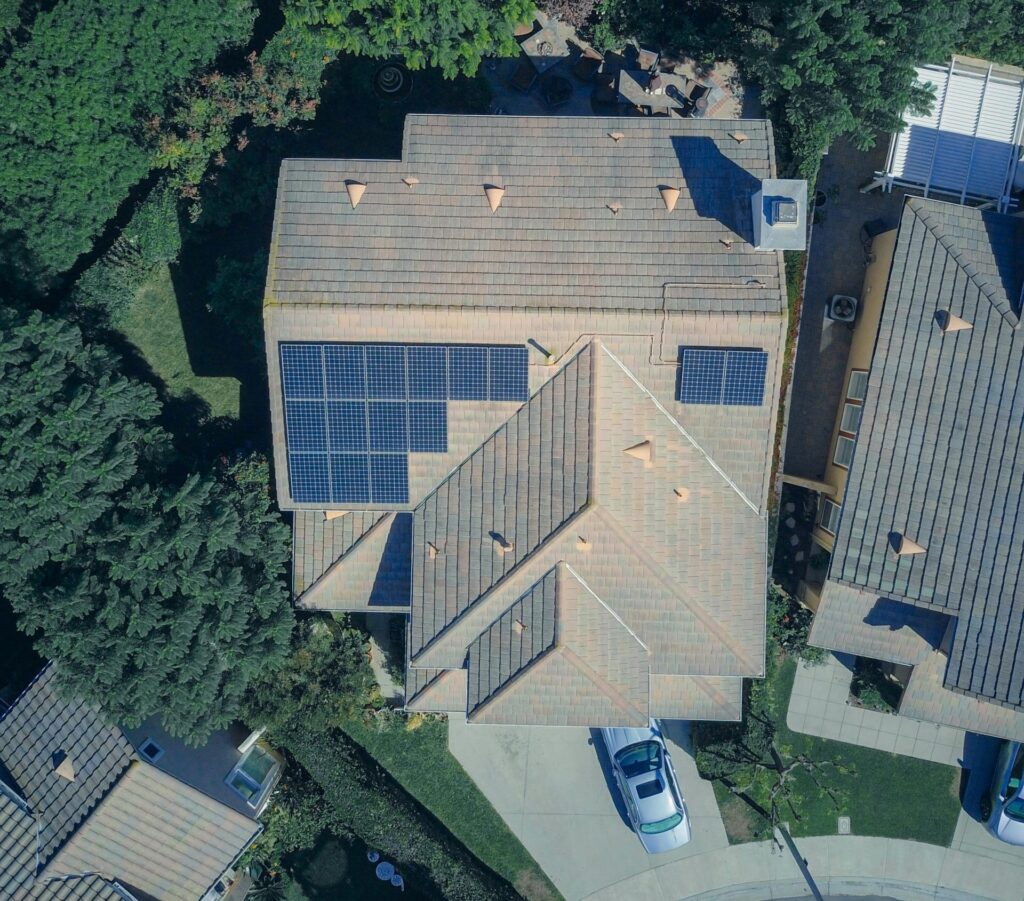 The surroundings of the solar system are also a key factor. When designing your solar array layout, seek to maximise the efficiency of each panel by avoiding shade from chimneys, vents, trees, or neighbouring structures.
The surroundings of the solar system are also a key factor. When designing your solar array layout, seek to maximise the efficiency of each panel by avoiding shade from chimneys, vents, trees, or neighbouring structures.
Average Solar System Sizes for UK Households
Choosing the appropriate solar system size for your household is an important step towards effective energy independence. It is observed that the solar system sizes in the UK are often a reflection of the household size.
For instance, a 3kW system is generally deemed adequate for smaller homes, accommodating 2 individuals, requiring an estimated number of 7-9 solar panels. Moving up, medium-sized households with 3-4 inhabitants often find a 4kW system fitting, with about 9-11 panels. The larger households or families with 5 or more people potentially could find a 6kW system as an ideal match, which typically consists of roughly 14-16 panels.
As is evident, the solar panel number is not a rigid figure. It is, in fact, contingent on factors such as the individual energy consumption patterns of the residents and the percentage of daily electricity needs that are intended to be met via residential solar power.
Remember, the actual size and number of solar panels required will vary based on the unique energy profiles and consumption habits, but in general, more is better.
Taking steps towards procuring a solar energy system can be a transformative action, contributing towards a greener future and, at the same time, significantly reducing energy costs.
Polycrystalline vs Monocrystalline Solar Panels
When it comes to making the right choice for solar panel technology, you might find yourself considering two predominant options: Polycrystalline solar panels and Monocrystalline solar panels. These solar technologies are different in various aspects, including aesthetics, efficiency, and performance characteristics.
Understanding the Difference in Solar Panel Technologies
Polycrystalline and Monocrystalline solar panels are both widely used in the solar energy industry and offer unique benefits. Polycrystalline solar panels, as the name suggests, are made up of multiple crystals. They are known for their blue look and efficiency ranges that typically lie between 15% to 19%. On the other hand, Monocrystalline solar panels are composed of single-crystal structure. They are easily recognizable by their dark black colour and are often considered more efficient, with efficiency ratings ranging from 16% to 23%.
When choosing between Polycrystalline and Monocrystalline, you should make sure that you only install Monocrystalline as these are much more efficient in British weather and can still produce electricity in cloudy and overcast conditions.
Solar Panel Looks: The All-Black Solar Panel Option
While solar panels’ primary function is to generate electricity, their aesthetic impact on your property should not be overlooked. A surge in popularity is the sleek, all-black Monocrystalline solar panels. They are not only appealing to the eye but also provide a higher efficiency often exceeding 400W per panel. As such, their growing preference serves both a functional and cosmetic purpose for homeowners.
How Many Solar Panels Do I Need
Addressing the number of solar panels for a UK home involves various factors. Both the size of the roof space available and the household’s energy requirements come into play. Are you planning to offset some of your energy costs or are you aspiring towards total energy autonomy? This point will also affect your solar array size. Let’s delve into this in a bit more detail, along with how the Smart Export Guarantee (SEG) can make your usage a little irrelevant.
Smart Export Guarantee (SEG)
The Smart Export Guarantee (SEG) in the Solar Industry Explained
The SEG is a government-backed initiative launched in January 2020 in the UK to encourage the uptake of small-scale renewable energy generation, specifically targeting individuals and businesses with solar photovoltaic (PV) panels.
Here’s how it works for homeowners:
- If you have a solar PV system and generate more electricity than you use, the surplus goes back to the grid.
- The SEG requires licensed electricity suppliers to offer you a guaranteed payment for each unit of electricity you export.
- This incentivises installing solar panels by providing financial benefit from selling excess energy.
Some energy suppliers such as ‘Octopus energy‘ and ‘SO energy‘ offer really good tariffs for feeding electrcity back to the grid, which in 2024 are between 50% and 100% of your unit rate for every kWh sent back!
For example, if your rate is around 30p per kWh to buy electricty, every time you use 1 kWh which is generated from your solar system, you will save 30p.
However, the best export rate on the market is around 22p per kWh, so if you are out at work and don’t use the electricity that your solar panels have generated, the system will automatically export that solar electricity to the grid, and you will get credited 22p.
How Many Solar Panels Does the Average House Have?
The number of solar panels you’ll need is not an arbitrary figure. It’s based on your specific circumstances and requirements. In the UK, the number of needed solar panels can range quite broadly. If we take a 400W panel as standard, a home with more than five residents typically requires a 6kW system, which translates to about 15 panels. But a smaller family, say of 3-4 people, could manage with a 4kW setup, needing approximately 10 panels.
Need is a strong word however, because of the Smart Export Guarantee it is now worth installing excessive solar panels above your actual needs, as this will generate you money on top of saving money on your bills
What this means is that you should try to fill your roof up with solar panels wherever possible, as the cost of an extra few solar panels will not cost much more than what you are already paying. The total cost of solar panels includes scaffolding, an inverter, labour, delivery and other little bits, which you will need regardless of whether you have 8 panels or 18 panels.
Various factors can cause these solar panel numbers to shift. Your savings can vary significantly with solar panel brand or type of inverter. You can read some of our other guides on solar panels and equipment to find the optimal fit for your household’s needs and aspirations. Whether you are aiming to cover a portion or all of your home’s energy needs, know that installing a home solar system is an investment in sustainability that pays itself back over time.
Cost Considerations: Investing in Solar Energy
In the process of understanding and deciding on a solar panel system, the number one consideration for homeowners is the cost of solar panels. The transition to sustainable energy is not only an environmental decision but also a significant financial outlay, as we are sure you are aware. The cost of installing solar panels can range considerably depending upon several factors including the system size, type of solar panels chosen, and the complexity of the installation needed.
Typically, for UK homes, solar systems vary from 3kW to 12kW, homeowners can expect the solar panels cost UK wide to stretch between £5,000 and £15,000 depending on systems with or without storage batteries. Nevertheless, it should be noted that the actual price can fluctuate depending on labour costs, choice of brand, supplier, and assorted other factors.
How Much Should a 4kw Solar System Cost?
A 4kw solar system usually costs around £6000 to £8000 for supply and installation in the UK. That is for a system without storage batteries. To add batteries on the system will cost an additional £2500 for a small battery and increasing in cost infinitely to multiple batteries of varying sizes.
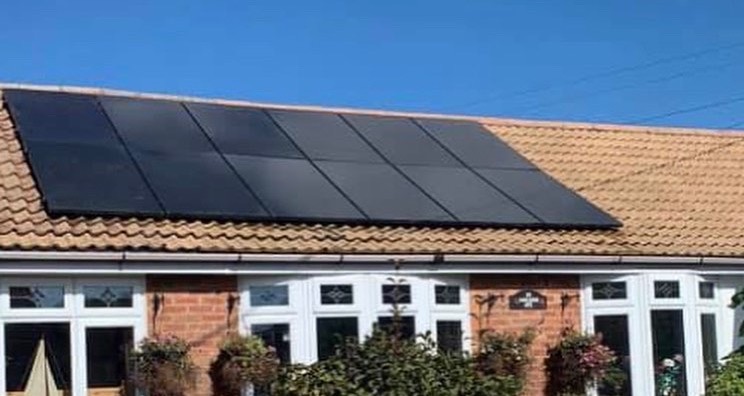
Another vital aspect when understanding the solar investment is the influence of regional differences in solar irradiance across the UK. The amount of sunlight your locality receives can dramatically impact the efficiency and therefore, the cost-effectiveness of your solar panel installation. Therefore, accounting for these regional differences and geographical shading, for example if your house is in a valley with mountains either side, considering this crucial when calculating the financial aspect of installing a solar system.
Given the long-term financial benefits of solar energy, be it through sustained energy savings or electricity export payments, the upfront costs should be evaluated as an investment into a sustainable future. However, to ensure the maximum return on this investment, a comprehensive understanding of the associated costs is integral.
Solar Batteries: The Role of Solar Panel Storage
When discussing the efficiency and utility of solar power systems, the important role of solar batteries gets important attention. Paired with a robust solar panel system, solar battery storage serves to push the boundaries of energy independence even further.
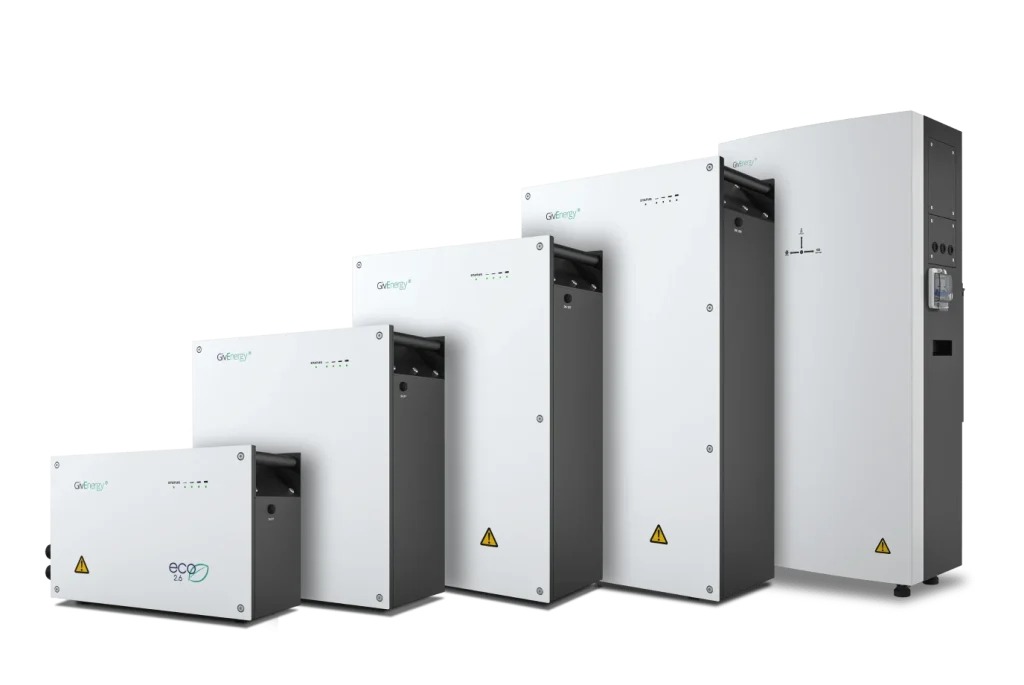
Benefits of Integrating Solar Battery Storage
The merit of integrating solar batteries into your solar power system resides in the ability to store surplus energy generated during peak sunlight hours. This reserve can then be tapped into during nighttime, prolonged cloudy periods or periods of high energy demand, ensuring consistent, uninterrupted power access.
The integration of solar battery storage is a game-changer for households seeking enhanced energy autonomy. It significantly mitigates the reliance on grid electricity and enables the household to utilise solar power far beyond sunset. This not only bolsters the efficiency of the solar installation but also translates to substantial cost savings in the long run.
Calculating the Cost of Solar Panels and Battery in the UK
Following the trail of thought to complement your solar panels with battery, an array of factors comes into play when calculating the upfront investment. The make and model of solar batteries, the capacity and the specificities of your solar installation all account for the final cost.
Solar batteries start at around £1500, but you will need an AC battery charger, or a hybrid inverter, which has a battery charger built in, to make the battery work. To make the investment in battery storage worthwhile, you will need at least a 5kw battery, which you can expect to pay at least £2500 on top the solar only system. The amount of battery stoarge needed can be worked out by looking at your daily usage, but remember not to go too large on the batteries, you dont want to be paying for batteries to store electric that you don’t use!
The cost of solar panels and batteries in the UK is not to be perceived strictly as an expenditure but rather as an investment. By storing excess energy, you’re leveraging your solar panel system to its maximum capacity and further reducing your dependence on the grid. This flexibility leads to significant reductions in energy bills over time, fortifying the financial viability of your solar power system.
Assessing the Benefits: Solar Energy Return on Investment
As clean and sustainable sources of energy, solar installations present more than environmental benefits. The financial gains from investing in a solar energy system strike a chord with UK homeowners seeking to reduce utility expenses. With energy prices consistantly going up, investing in solar seems like a very safe and sensible commitment to make.
Calculating the Financial Payback Period of Solar Installations
The solar panel payback period – this is the length of time it takes for the cost of a solar installation to be recouped through energy savings – can be a crucial factor for homeowners. Typically, the payback period for UK solar installations ranges between 4 to 8 years. However, the exact period depends on individual energy consumption, size of the solar system installed, and even geographical factors influencing sun exposure.
Finding Reliable Solar Installers Near You
Installing solar panels is a significant decision that can be made effortlessly, people go into google and search for ‘solar installers near me‘ or ‘solar panel installers near me‘, but you will need to make sure the companies are not only reliable, but have all of the necessary accreditations to install you a system that qualifies for SEG payments, such as the MCS scheme.
A service that streamlines this process for you is Compare Renewables. This platform aids consumers in finding reliable solar panel installers across the United Kingdom – including England, Scotland and Wales. The service assimilates information about vetted professionals that cater specifically to your location and solar energy requirements, making the process of transitioning to solar power hassle-free.
Whether you’re shifting to solar only system or a solar and battery sytem, a knowledgeable installer can guide you through the entire process. Our recommended solar installers will offer expert advice on which storage batteries will work best for you to achieve optimum efficiency.
Remember, investing in solar panels can offer a generous return on investment within 4-8 years, making it a financially prudent decision.
Finding local, dependable solar installers for solar power installation is a critical step in your renewable energy journey. Ensure to fill in the form here with Compare Renewables before making the final decision
What to Expect from a Solar Panel Installation Process
taking the first steps to installing renewable solar energy for your home involves a step-by-step process. To ensure the success of the solar panel installation, familiarity with the procedure can be tremendously beneficial. Let’s delve into what a typical solar panel installation process entails.
- Assessment of Energy Needs & Roof Suitability: The process kicks off with a comprehensive onsite or virtual evaluation of your home to determine its energy requirements and understand the suitability of your roof for installing solar panels.
- System Design & Planning: Based on the outcome of the initial assessment, installers devise a system that meets the goals identified during the evaluation phase, taking into consideration factors such as orientation, shade, and structural integrity, among others.
- Installation: As the bulk of the solar panel installation process, professional installers will fix the system on the roof, ensuring it complies with all the regulations and standards.
Once the solar panel installation is complete, the post-installation phase commences, which is every bit as crucial as the preceding steps.
- Performance Monitoring: You will have a mobile app installed where you can monitor the established energy goals, the system’s performance and energy production.
Ensure you understand every aspect of the solar panel installation process and feel free to ask your installer to clarify any points of doubt or concern.
Beware, installing solar panels on your roof is a skilled job and should only be conducted by professional installers to prevent incorrect installation or even damage to your property. Always opt for accredited providers who are trusted by a platform like Compare Renewables, to get a quote and ensure you’re dealing with the right professional.
“Once people realise how much money they save with solar, they will wonder how they ever afforded to be without them”
Conclusion
In essence, calculating the number of solar panels needed for a UK home involves checking what you can afford, put simply more panels equals a faster payback. Most modern solar panels have started leaning towards an all-black aesthetic and deliver over 400W per panel, thereby enhancing both the appearance and efficiency of your solar energy installation.
Choosing solar power as part of a broader sustainable energy initiative is not only economically wise in the long run, but it also constitutes a positive step towards environmental conservation. With the incorporation of storage batteries, homeowners can extend the utility of their solar installations, storing excess energy generated for use during non-daylight hours. This leads to improved energy independence and overall system efficacy, making the return on investment (typically between 4-8 years) even more attractive.
Services such as Compare Renewables assist in the identification of reliable, suiting installers across England, Scotland, and Wales. We aid in the process of installing solar power, by linking installers with consumers who want to truly unlock the full potential of their roof to a solar power system.
As a final word, the benefits of solar panels extend beyond financial savings to include autonomy over energy use, reduced carbon footprint, and the opportunity to contribute to a greener future.
You can also read our post here which lists the ‘10 main reasons to install solar panels‘.
FAQ
How Many Solar Panels Do I Need?
The number of solar panels you require depends on a number of factors, including your home’s energy consumption, the efficiency of the selected panels, the orientation and size of the roof, and your geographical location. This could range from 6 upwards, depending on the household size and energy requirements, but in general, more is better and you should fill your roof if you can.
What considerations should be made for a home’s energy requirements?
Assess your average annual electricity consumption in kWh, consider the performance of the chosen solar panels, take into account the direction and shading factors of your roof. The roof size will deterimine the amount of solar panels you can have, your usage list on your bill will explain how much battery storage you need to cover your energy needs.
How much roof space do I need for my solar panels?
It generally requires around 2m² per 400W panel, although this varies depending on the size and efficiency of the panel. South facing roofs are preferable as they receive the most sunlight, although east and west are still good for solar.
What is the difference between Polycrystalline and Monocrystalline panels?
Monocrystalline solar panels are considered more efficient with efficiencies between 16% and 23%, compared to Polycrystalline panels with efficiencies ranging between 15% and 19%. Monocrystalline panels are often more expensive but they are also more space-efficient.
How much do solar panels cost in the UK?
The cost of solar panels in the UK can range from £5,000 to £15,000, depending on the size of the system, the type of panels chosen, and the complexity of the installation. Labour cost, brand, and supplier factors also influence the final price.
What is the benefits of integrating a solar battery storage system?
Solar battery storage allows you to store surplus solar power generated during the day for use during the night or during periods of low solar generation. This adds significant value, offering increased energy independence and improved efficiency of the solar installation.
What incentives are available to maximise savings on solar panels?
In the UK, homeowners can benefit from the Smart Export Guarantee (SEG) scheme, which pays households for excess solar electricity they export back to the grid. This scheme can help to significantly reduce the payback period for a solar energy system.
How can I find reliable solar panel installers near me?
Services like Compare Renewables can aid you in finding trusted solar installers across England, Scotland, and Wales. Customers can obtain quotes from vetted professionals that cater to their location and specific solar energy requirements.
What does the solar panel installation process involve?
The installation process involves assessing your home’s energy needs, examining your roof for suitability, and determining the optimal system size and panel type. After planning, the actual installation is carried out, followed by monitoring to confirm the system’s output.
